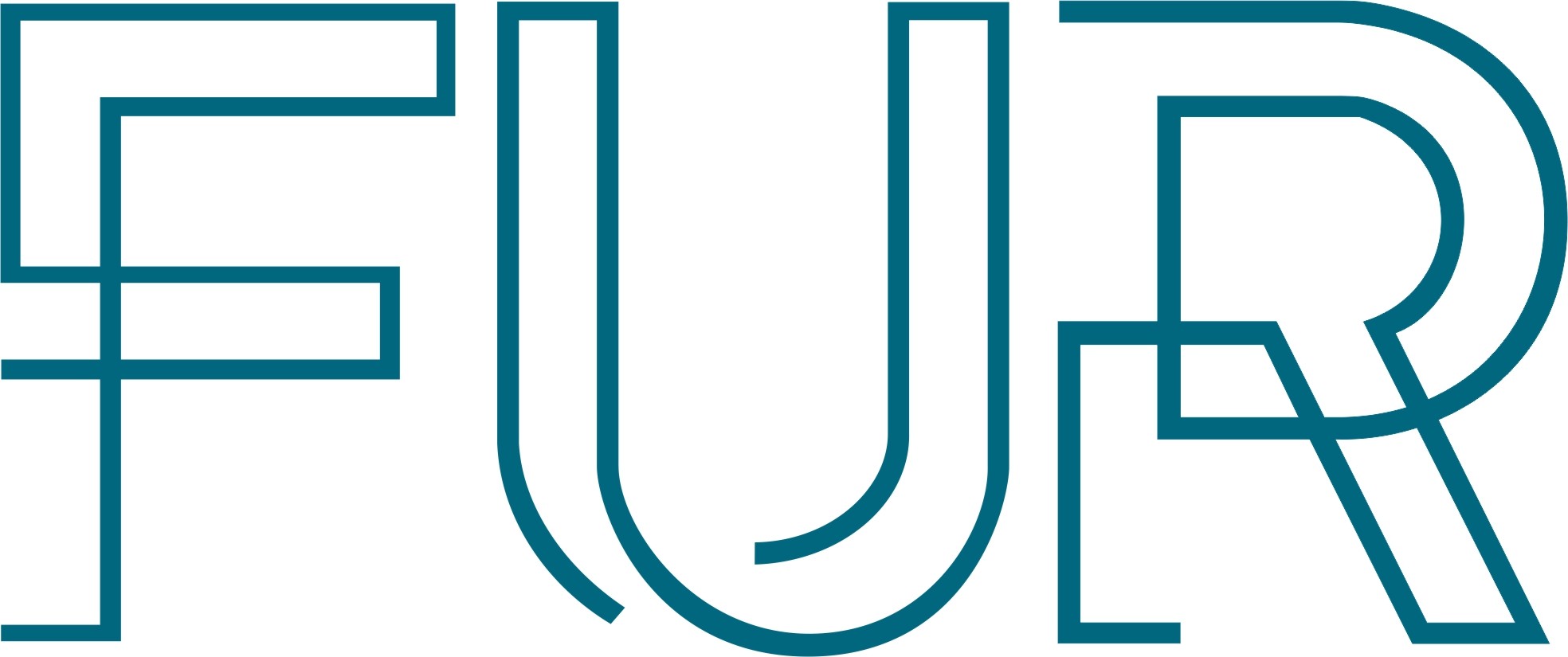Leverhulme Round Table: Imprecision and Noise
IMC Auditorium 0.02 - 17:30-19:30Stochastic Specifications for Imprecise and Noisy Preferences
John Hey
Abstract
It seems that many experimenters, when analysing experimental data relevant to decision theory, pay more attention to the preference functional than to the stochastic specification. The default specification is usually a normal distribution. However, as Nat Wilcox has argued in “Stochastic Models for Binary Discrete Choice Under Risk: A Critical Primer and Econometric Comparison “ Research in Experimental Economics, 2008, “choices of stochastic models may be far more consequential than choices of structures such as expected utility or rank-dependent utility.” His context there was pairwise choice experiments. Other contexts are being increasingly used by experimenters. For example, many experimenters are using allocation data – it being potentially more informative. I take that context and show that his structures are also relevant there.
Some Lessons Learned about Modeling Noise and Imprecision
Jerome R. Busemeyer
Sources of Variability in Choice Tasks and Criteria for Evaluation of Models
Michael H. Birnbaum
Abstract
When the same person is asked to respond to the same choice problem on two occasions, that person does not always make the same response. Models have been proposed to account for this variability, often for the purpose of analyzing whether or not choice behavior conforms to-or systematically violates-some theoretically important testable behavioral property such as transitivity or independence of a common consequence. My discussion at the round table will focus on (1) potential sources of variability or error in choice tasks; (2) criteria for theories or models of variability; and (3) discussion of a key property, response independence, that distinguishes certain models of response variation. The true and error model will be used to discuss these properties, and common consequence independence -or paradox (Allais)-cited as an example of a behavioral property to be tested against a model of error.
The Geometry of Probabilistic Choice Induced by Heterogeneous Preferences and/or Error-prone Responses
Michel Regenwetter
Abstract
Heterogeneity of decision behavior has many potential sources: Different people may have difference preferences, a given individual may fluctuate in her preferences or be uncertain about them. Even for a given, fixed, latent preference, overt behavior may vary due to probabilistic errors in responses. It is plausible that much behavior inside and outside the lab combines all of these sources of heterogeneity. This talk reviews a general geometric framework through which the parameter spaces induced by different types and sources of heterogeneity can compared. This framework makes it possible to diagnose whether heterogeneity in observed behavior is due to heterogeneity in hypothetical constructs or in overt response processes.
Noisy Parameters in Risky Choice: A Cautionary Note
Graham Loomes and Sudeep Bhatia
Abstract
The parameters that characterise an individual’s intrinsically variable preferences can interact with zero-mean and symmetrically distributed extraneous noise to distort systematically the resulting observed patterns of choice, leading to false conclusions. For example, intrinsic preferences modelled as a random preference form of expected utility theory can manifest as patterns that appear consistent with cumulative prospect theory. Likewise, differences in choice proportions across different categories of decision makers might be due to differences in the amounts of noise rather than to differences in underlying parameter values. Caution is needed when trying to infer the underlying preferences of decision makers, and further thought needs to be given to how we model the various sources of noise and their interactions.
